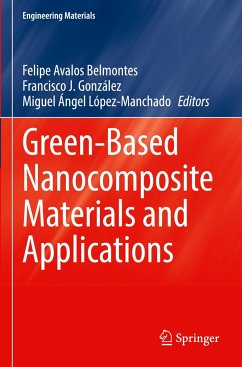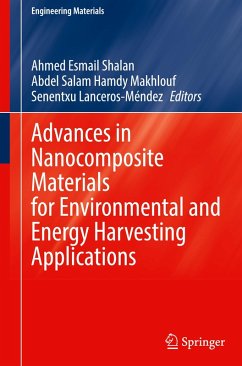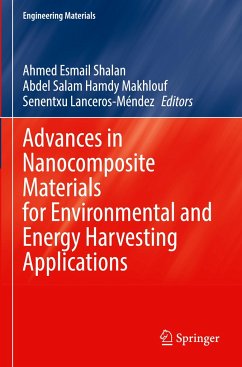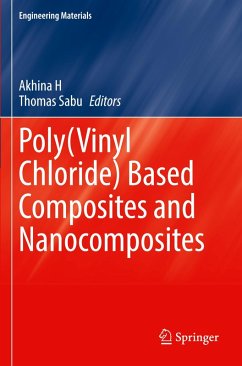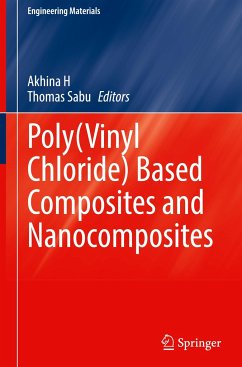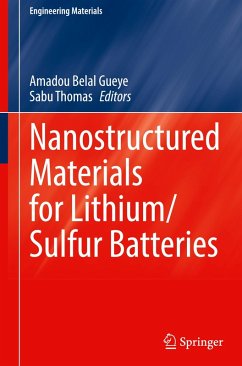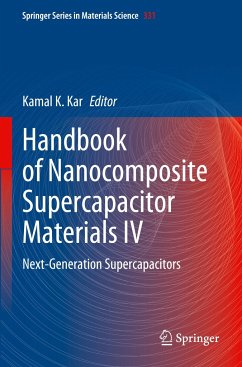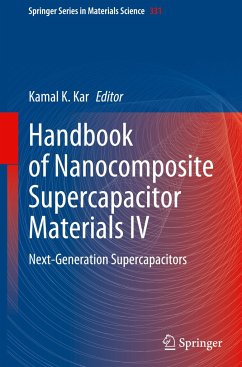
Green-Based Nanocomposite Materials and Applications

PAYBACK Punkte
76 °P sammeln!
This book presents a review of preparation methods for environmentally friendly nanocomposite materials. It describes the combination of biodegradable and biocompatible polymer matrices with nanoparticles, leading to finished products preferably prepared by sustainable methods. The chapters also describe how the addition of synthetic or non-biodegradable particles can influence the properties of the final products. This book presents a general overview of the process from the preparation to the final applications of green nanocomposites. In addition, the book also details the trends, challenge...
This book presents a review of preparation methods for environmentally friendly nanocomposite materials. It describes the combination of biodegradable and biocompatible polymer matrices with nanoparticles, leading to finished products preferably prepared by sustainable methods. The chapters also describe how the addition of synthetic or non-biodegradable particles can influence the properties of the final products. This book presents a general overview of the process from the preparation to the final applications of green nanocomposites. In addition, the book also details the trends, challenges, and prospects of this type of composites. The content can be divided into two sections. The first one presents a brief introduction about the importance of keeping the environment free of non-degradable pollutants. It also describes fundamentals, trends, and general applications of green materials. The second section focuses on the description of some of the green-based materials mostused nowadays and other innovative materials, just like elastomers of natural origin. The book comprises the reintegration of these materials into the environment, followed by some biomedical, biological, and energy storage applications.





